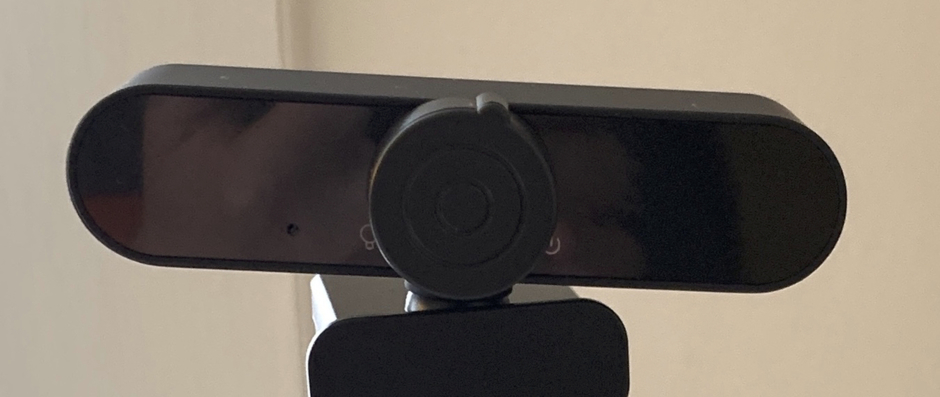Recent developments in cognitive science are helping us to better understand the structure and functioning of the brain.
With the advances in brain-scanning technology, research has been carried out comparing dyslexic with non-dyslexic brains. The brains of dyslexics show variations in the left and right side activity.
Research has shown that non-dyslexics use the left side of their brain for reading and dyslexics have been found to use the left and right side of their brain for reading.
The right side of the brain is used more for creative skills and is not wired for reading.
Dyslexics therefore have to work significantly harder than their non-dyslexic peers to achieve the same result.







